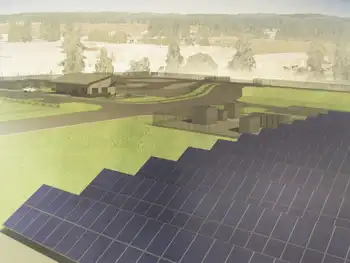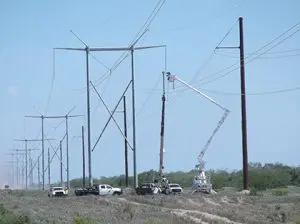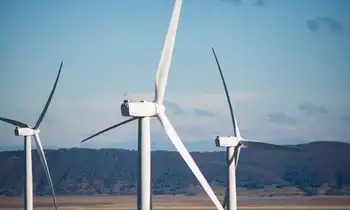Utility identifies likely buyers of EVs
By Associated Press
Protective Relay Training - Basic
Our customized live online or in‑person group training can be delivered to your staff at your location.

- Live Online
- 12 hours Instructor-led
- Group Training Available
They had a pretty good idea where to look.
Research suggests the stereotypical early buyer of an electric vehicle is a high wage earner with an advanced degree and multiple cars who lives fairly close to work. There is a strong chance the buyer is female and a Democrat.
The area that immediately popped on the map is the affluent Green Hills area on the near south side. Expensive homes and condos are clustered in neighborhoods near a shopping center filled with upscale retailers and within 10 minutes of downtown.
Keith Brown, principal associate engineer in the distribution planning section of Nashville Electric Service, ticked off the factors that came into play as he looked for the likely buyers of electric vehicles.
"I started downloading census data and identified several factors: age, household income, political affiliation, gender, education level, travel time to work and population density," Brown said.
Why political affiliation?
As first reported by public radio station WPLN in Nashville, a 2007 report by J.D. Power and Associates noted that Democrats and independents predominated as purchasers of hybrid vehicles. That Power study from 2007 is the underpinning of the NES map.
Brown says the propensity to buy hybrids should correlate to the likelihood to buy electrics.
"The more income, the more education, the more likely to be an early adopter," Brown said. "Soccer moms driving electric vehicles as a second car could drive purchases."
Effective power distribution depends on planning, said Carla Nelson, senior engineer for the city-owned electricity distributor.
Nashville Electric Service has about 360,000 customers in a 700-square-mile region.
The power demand to recharge an electric could be considerable, depending upon how much the batteries have discharged.
The consumption by a single-family home could well be the equivalent of a house and a half when electric vehicle recharging is added.
What concerns the distributor is the so-called "cluster effect." That scenario has one buyer in an affluent neighborhood influencing a similar purchase by a neighbor. Suddenly a pole transformer intended to serve four houses might be effectively serving five.
The NES research was aided by a Vanderbilt University engineering school class project.
Ken Pence, an engineering professor, said his students helped research some issues that went into the NES map. They concluded that 75 percent of people who have signed up to buy a Nissan Leaf already own two or more cars.
For now, the demand is a mere trickle. The Leaf became available only last month from Japan and it will be late 2012 before the Nissan plant in Smyrna begins making a projected 150,000 of them annually, Brown said. The Chevrolet Volt is also coming online and more makes will follow, he said.
The distributor must be prepared for a possible tidal wave, Brown noted.
Planning for a substation now takes five years.
Brown continues to refine his map.
Still to be determined is whether it would make business sense for NES to build remote charging stations where commuters can recharge electric vehicles at work or in parking lots.
For the time being, Brown scans the map with each census block weighted with the profile factors, and scored from zero to 100.
Staying ahead of demand is his goal.











